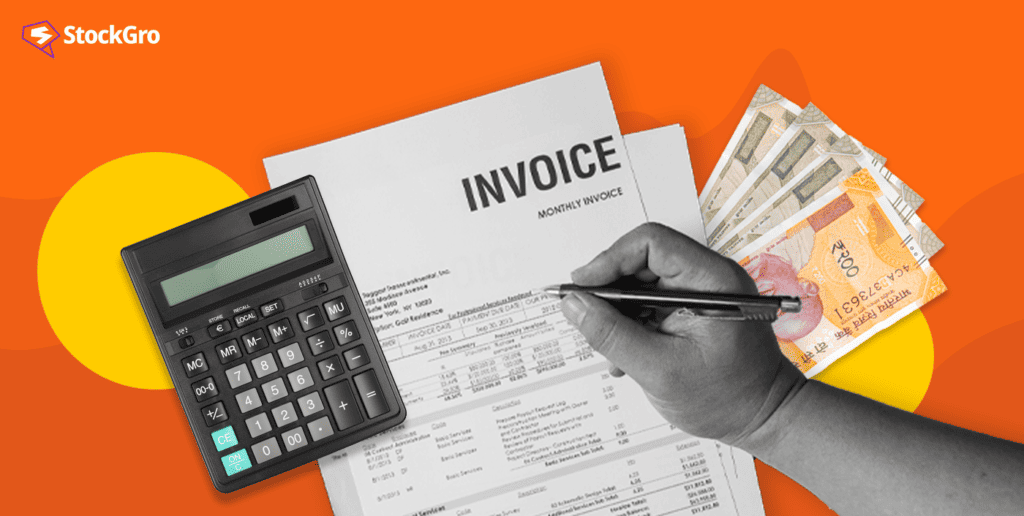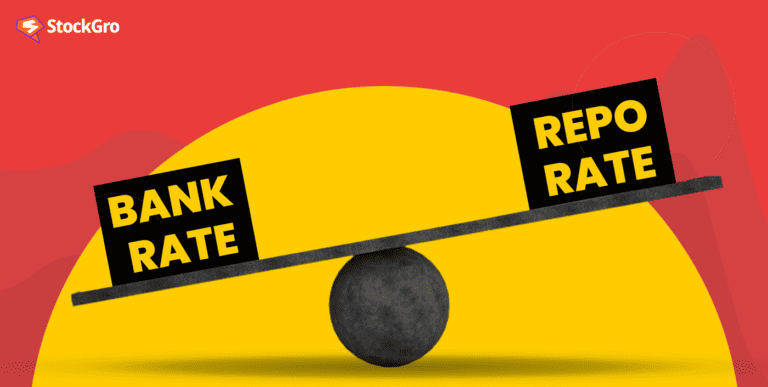
Depository charges, also called dp charges, play an important role in the financial landscape, yet they often remain unexplored territory for many investors. This article takes us on a journey to unravel the intricacies of depository charges and shed light on their implications for investors.
Understanding these charges is essential and also a prudent step toward optimising your investments. So, let us dive into what are DP charges and discover their relevance in your financial journey.
What are depository charges?
Depository charges refer to the fees levied by depository participants (DPs) or central depositories for the safekeeping and management of securities held in electronic form.
These charges cover various services, such as maintaining dematerialized accounts, transferring securities, and settling trades. In the Indian financial market, two primary depositories are well-known: the National Securities Depository Limited (NSDL) and the Central Depository Services Limited (CDSL).
DPs in the stock market, which can be banks or financial institutions, facilitate investors’ interaction with these depositories.
Depository charges are crucial for the efficient functioning of the securities market, ensuring the integrity and security of electronic holdings. They are incurred by investors when opening a demat account, transferring securities, or pledging shares as collateral.
It is imperative for investors to comprehend stock DP charges to make informed decisions about their investments, as they can significantly impact the overall cost structure and returns in the financial markets.
You may also like: A guide to FPO and its various types
Significance of depository charges
- Cost evaluation: Investors must understand depository charges to evaluate the overall cost of holding and transacting securities within a demat account.
- Impact on returns: These charges directly affect the return on investment, making it essential to factor them into financial planning.
- Investment strategy: Knowledge of depository charges helps investors select the most cost-effective demat account and tailor their investment strategy accordingly.
- Risk mitigation: Depository charges ensure the safe custody and efficient transfer of securities, mitigating the risk of physical certificate loss or damage.
- Variability: Different depository participants may impose varying charges, highlighting the need for investors to compare and choose wisely.
In essence, comprehending depository charges empowers investors to make well-informed decisions, optimise costs, and enhance the efficiency of their investment endeavours.
Types of depository charges
Account opening charges: These fees are incurred when an investor initiates the process of opening a demat account with a depository participant (DP). They cover administrative expenses and paperwork associated with setting up the account.
Account maintenance charges: Investors pay these charges periodically to their DP for maintaining the demat account. These fees ensure the safekeeping of securities, regular updates, and record maintenance.
Transaction charges: When securities are transferred, bought, or sold within a demat account, transaction charges apply. These fees vary based on the value of the transaction and serve as compensation to the DP for facilitating the secure transfer.
Pledge charges: If an investor pledges securities as collateral for loans, pledge charges are applicable. These ensure the proper recording and management of pledged assets.
Dematerialization charges: When physical share certificates are converted into electronic form, dematerialization charges come into play. They cover the conversion process and the issuance of electronic holdings.
Also Read: What is demat account: All you need to know?
DP Charges Calculation
Depository charges are determined based on several factors:
- Type of transaction: Charges vary for activities like buying, selling, or pledging securities.
- Transaction value: They are often a percentage of the transaction’s value.
- DP’s fee structure: The fee structure of the depository participant (DP) is determined by the DP itself.
CDSL and the depository participant impose a daily fee for each stock sold. When we initiate a sell order, the system promptly deducts the stock from the demat account.
Let us understand this with a basic example.
If you initiate a morning sell order for 50 stocks of company A and another 50 stocks of the same listing in the afternoon, the DP charges amount to Rs. 13.5 plus 18% GST. However, if you place a morning sell order for 50 stocks of A and an afternoon sell order for 50 stocks of B, the DP charges will total Rs. 13.5 plus Rs. 13.5 plus 18% GST due to two different stocks.
Impact on investors
- Cost accumulation: Depository charges, although seemingly minor, accumulate with each transaction, increasing the overall cost of trading or investing in securities.
- Significant over time: Frequent traders or those with substantial portfolios are bearing a significant financial burden due to these charges over time.
- Long-term impact: For long-term investors, depository charges can erode the profitability of investments, reducing the overall returns on their holdings.
- Consideration in decisions: Investors should consider these charges when making investment decisions, factoring them into their cost-benefit analysis.
- Portfolio and trading frequency: The potential impact of depository charges should be evaluated based on an investor’s portfolio size and trading frequency.
Tips for Investors
Investors can optimise depository charges by carefully evaluating transaction frequency and minimising unnecessary transactions.
Employing a long-term investment approach can reduce the impact of frequent charges while staying informed about changes in depository rates and regulations is crucial for informed decision-making.
Also Read: Your ultimate guide to investing in a bear market
Diversifying investments across various asset classes can help balance costs and returns effectively in the long run.
How to Avoid DP Charges?
Depository Participant (DP) charges are often overlooked by investors and they can add up and reduce your overall returns over time. Let’s look at a few strategies to avoid these costs:
Intraday Trading: DP charges are not imposed on intraday trading as the shares are not moved to your demat account. If you are someone who trades frequently, you can avoid DP charges by doing intraday trading.
Futures and Options (F&O): If you are more inclined towards derivatives trading, you can avoid DP charges as they do not apply to F&O trades. Trading in Futures and Options can be particularly beneficial for you if you’re looking to save on transaction costs while participating in the stock market.
BTST (Buy Today, Sell Tomorrow): This strategy allows you to sell shares before they are credited to your demat account. Since the shares do not reach your demat account, DP charges are avoided. This is a popular method used by traders who want short-term gains but wish to avoid additional fees.
Choose Low-Cost DPs: Different Depository Participants (DPs) charge fees variably. By selecting a DP that offers lower charges or has a transparent fee structure, you can reduce the overall impact of these charges on your portfolio. Comparing fee structures between DPs is a very important step before you open a demat account.
Consolidate Transactions: Small transactions that take place frequently can lead to higher DP charges as they are applied per transaction. By consolidating multiple trades into a single transaction, you can reduce the cumulative charges levied by the DP.
You can use these methods to help optimise your investment returns by minimising DP charges that affect your profits over time.
Bottomline
Depository charges play an important role in the investor’s financial journey, which also impacts the returns and the overall portfolio management.
Identifying the types and understanding the calculation methods of these charges is vital for making informed investment choices with a goal to maximise returns while minimising costs.

